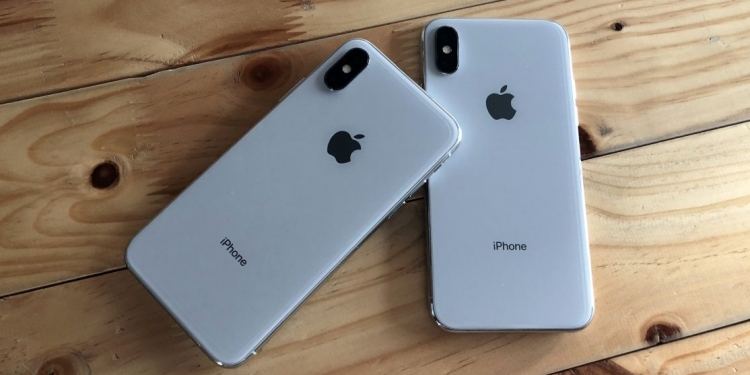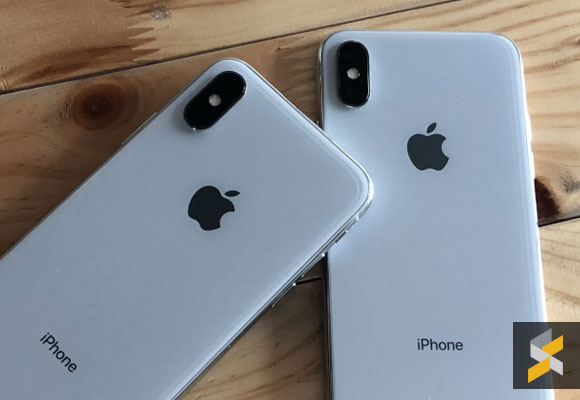Some of you may not know this but not all iPhone models are the same. Depending on where you get it, the iPhone X uses two different modems which obviously delivers different results.
Since the iPhone 7, Apple relies on both Qualcomm and Intel to supply them with modem chips and tests have shown that Qualcomm is the better performer. According to Cellular Insight’s latest tests, the same story continues on the latest iPhone X.
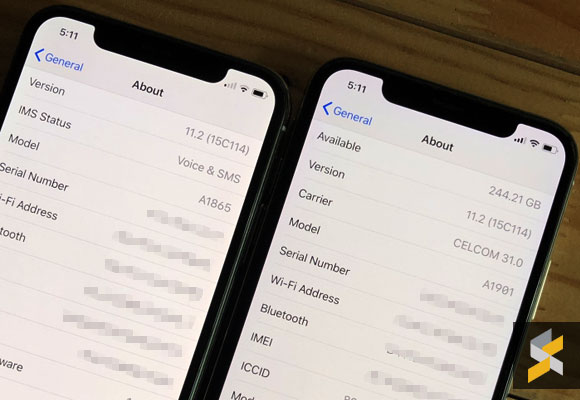
There are 3 iPhone X models sold worldwide. For countries such as Australia, China, Hong Kong, India and selected telcos in the US (Sprint, Verizon, US Cellular), the model with the number A1865 is using Qualcomm’s Snapdragon X16 LTE modem, while the iPhone X with the model number A1901 that’s sold elsewhere including Malaysia (also for AT&T and T-Mobile in the US) utilises Intel’s XMM 7480 modem.
The third model, A1902, is a Japan-specific model which also uses Qualcomm’s modem. In case you didn’t know, you can’t turn off the shutter sound for Japan units even when it’s in silent mode.
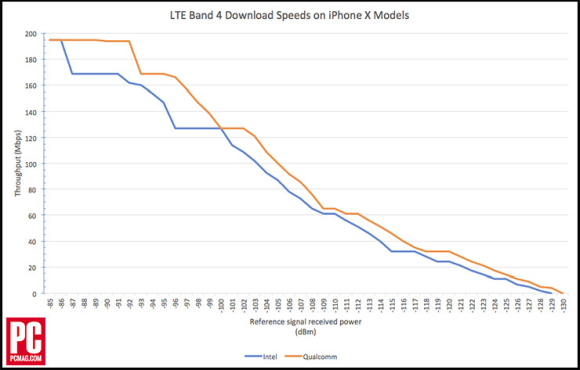
During Cellular Insights’ lab test conducted on LTE Band 4, they found that the iPhone X with Qualcomm’s modem manages to maintain a higher download throughput even as the signal starts to drop. It gets even more obvious with even lower signal below -120dBm. At that signal strength, the Qualcomm unit is doing an average of 67% faster than the Intel variant.
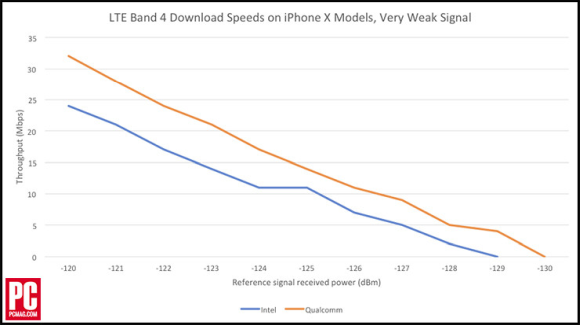
From the looks of it, it shouldn’t be a big deal if your place is well covered. You’ll probably only notice the difference if you’re in a bad coverage area. Of course, the telco you’re on can make all the difference.
The report added that while Qualcomm leads in this test, the gap isn’t as big as last year’s iPhone 7. When the signal strength dropped to -105db, the iPhone 7 with Intel’s chip was doing less than 100Mbps while Qualcomm’s modem is still pushing more than 125Mbps. This leads to the suspicion that Apple could be tuning both models to have similar performance as possible.
PC Mag also mentions that the Qualcomm’s X16 modem which is also found on the Galaxy S8, LG V30, Pixel 2 and other flagships is capable of supporting 4×4 MIMO with 4-way carrier aggregation, however, this feature was disabled since it isn’t supported on the Intel version.
You can find out which version you have by going into Settings > General > About and then tap on the Model to reveal the number in the AXXXX format. If you bought your unit in Malaysia, it is very likely that you got yourself an Intel model as certified under SIRIM.
With the on-going legal battles between Apple and Qualcomm, there’s a possibility that Apple might drop Qualcomm in favour for MediaTek modems on their next iPhone models. What do you guys think? Leave your thoughts in the comments below.

